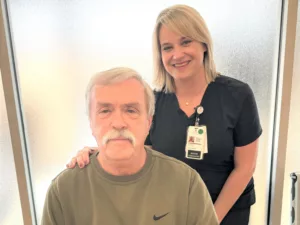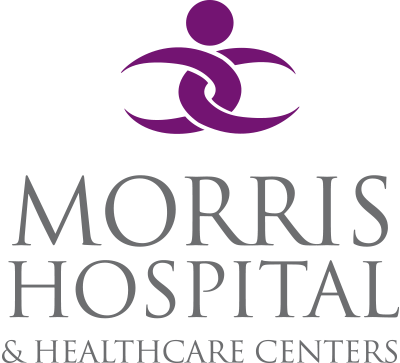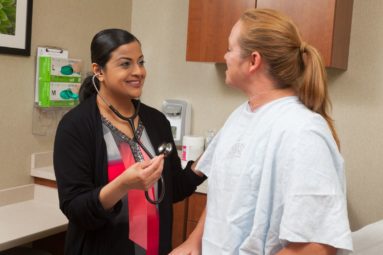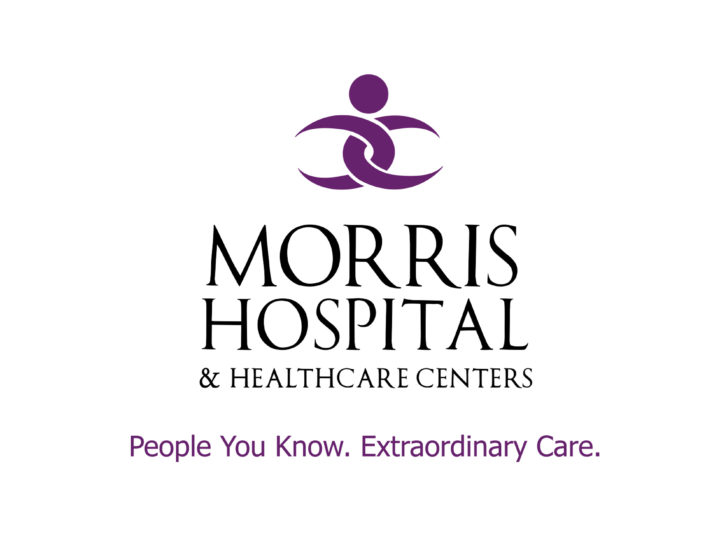Learning to Swallow Again: Inspiring Stories from Rehabilitation Services
 A steak dinner.
A steak dinner.
It might sound simple, but for months, that was what Terry S. wished for — to be able to eat a juicy steak again.
An avid cook, Terry had always enjoyed a good meal. But when complications from open-heart surgery left him unable to swallow, he wondered if he would ever be able to have his favorite foods again.
“For three months, I couldn’t take anything orally,” the 73-year-old Coal City man said.
A feeding tube helped sustain the retired electrician his first three months after surgery and during home health care. As soon as he was able, he sought help at Loyola Medical Center where he learned the nerves in his neck were damaged and he needed extensive swallow therapy. The therapy would require visits three times a week, a process Terry wanted to complete closer to home. That’s when he enlisted the help of Morris Hospital’s Rehabilitation Services where he was connected with Jennifer Furlane, MS, CCC-SLP, a speech language pathologist who specializes in swallow therapy.
Though swallow therapy often focuses on exercises to help patients suffering from dysphasia re-learn the swallow process, in some instances that is not enough. Terry was one of those cases.
In addition to the exercises Furlane instructed him to do at home, Terry underwent neuromuscular electrical stimulation three times a week at Morris Hospital’s Diagnostic & Rehabilitative Center. During the therapy sessions, the four electrodes placed on his neck pulled on the muscles in his throat, forcing Terry to overcome the electrical pull to swallow and ultimately helping retrain his muscles, Furlane explained.
“It was the extra therapy,” Furlane said when asked what helped Terry achieve a successful recovery, “and his motivation. Terry was very motivated.”
When he first started therapy, Terry was limited in what he could eat or drink. Even water had to be thickened so he could swallow. After several weeks of therapy, he was eating yogurt and pureed foods.
Terry’s first regular meal came 5 months after starting therapy —a French Dip sandwich soaked in au jus. His feeding tube also was removed at that time. Two months later, he was done with his therapy sessions.
“She did what nobody else could do,” Terry’s wife, JoAnn, said of Furlane. “She got him to eat. She really was his last chance.”
Looking back on their journey, JoAnn said there were times she and her husband wondered if he’d ever eat regular foods again. There were even days the couple, married for 53 years, wondered how long Terry could survive on a feeding tube.
But Terry he was determined and didn’t like his other option of relying on a feeding tube. Though he says he wasn’t always the easiest patient, Furlane helped “soften the blow” of the initial news regarding his swallow reflex and encouraged him throughout therapy.
He followed his therapy assignments, tracked what he ate and how he reacted, and made sure he brought up concerns as he went through therapy.
While his therapy sessions are over, Terry still does his swallowing exercises at home. He also follows Furlane’s recommendations – smaller bites and a few extra chews before swallowing.
“Food-wise, I can eat anything today,” said Terry, who has even enjoyed a steak or two since completing therapy.
Individuals experiencing the physical effects of an injury or medical condition may benefit from physical, occupational, or speech therapy, or a combination of the three.
Morris Hospital’s Rehabilitation Services is here to help you return to maximum independence, with therapy services available at locations in Morris, Channahon, Diamond-Coal City, Joliet and Ottawa.
For more information, visit morrishospital.org/rehabservices, or call 815-705-7828.




